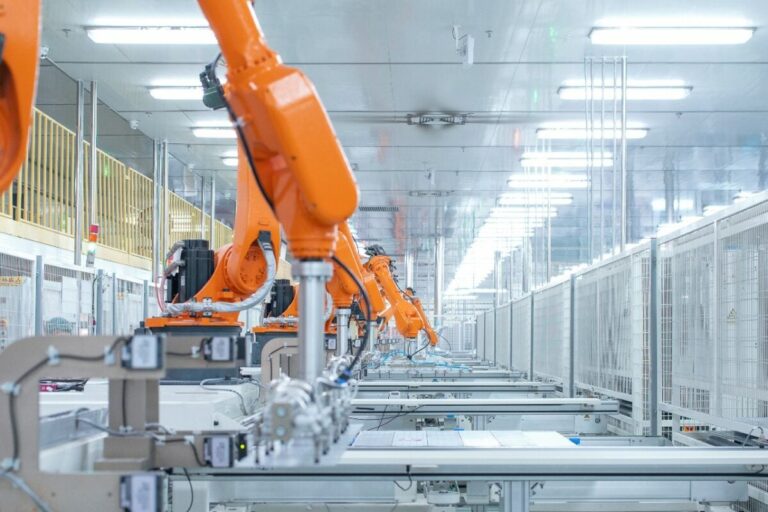Finlay Colville, head of research at Solar Power Portal’s sister website PV Tech, has predicted that the current PV production downturn affecting the sector will continue into 2026.
The pressing question for 2025, Colville writes in a blog post on PV Tech, will be when we see the first signs that the downturn is ending. Colville says the worst is yet to come before the improvements begin. As such, 2025 will be “humbling” for the sector, he said, with the current downturn in manufacturing continuing into 2026.
In late 2023, Colville was the first analyst to speak of an impending downturn for manufacturers in 2024, and events since have largely unfolded as he predicted, with the oversupply of modules from Chinese manufacturers creating a tough pricing environment.
During the previous recession, from 2012 to 2014, Western cell and module production was “wiped out” as a wave of gigawatt-scale cell and module manufacturing facilities were built in China.
This time, the recession means 2025 will be a year of maintenance and final upgrade spending, “almost as a prerequisite” for technology to make the likely move to back-contact cells. This premium single-junction concept will become the next mainstream offering as we get closer to the end of the decade, Colville said.

New capacity coming online in China across the value chain saw a massive supply glut a shift to a buyer’s market. This was perhaps inevitable: Colville writes that “no industry could sustain this level of largely unfounded exuberance.”
Most Chinese PV manufacturers’ half-yearly margin reports are in the red, with losses of 30%-50%. Debts are piling up and there is no working capital; Few of these companies have anything to sell “other than a loss-making wafer, cell or module.”
All this means that there will be a huge drop in capital expenditure next year as cash preservation and cost savings will “go to another level”. Colville predicts that around the next reporting season, November/December this year, the few Western-listed Chinese PV entities will face pressure on 2025 capital expenditure.
He adds: “Because there is little outlook for module pricing (outside the US), even if it is in the double digits, there is really no plan B on the table. It is very unlikely that there will be a shortage of polysilicon next year, such is the determination of the leading Chinese platoon here to run newly built factories.”
For a side-by-side comparison of this downturn with the previous one: insight into why capex has replaced book-to-bill as the preferred accounting metric and the likely move to back-contact cells: The full article by Finlay Colville is published in our sister publication, PV Tech.


